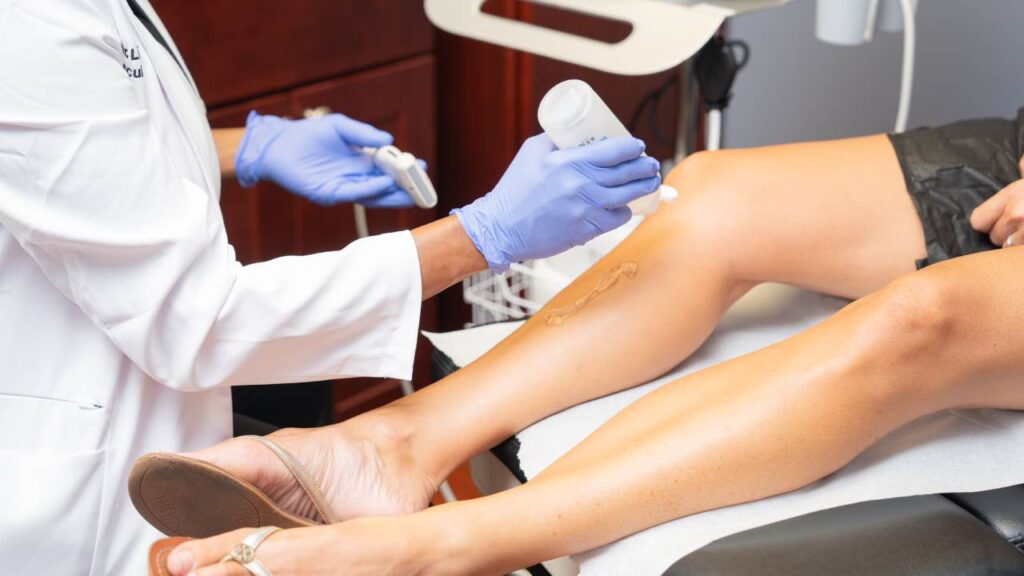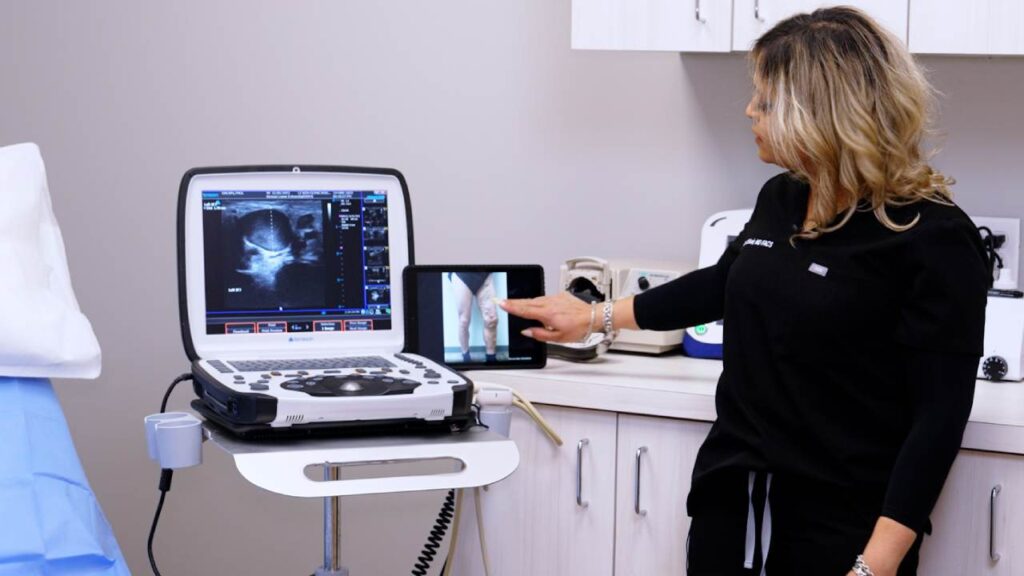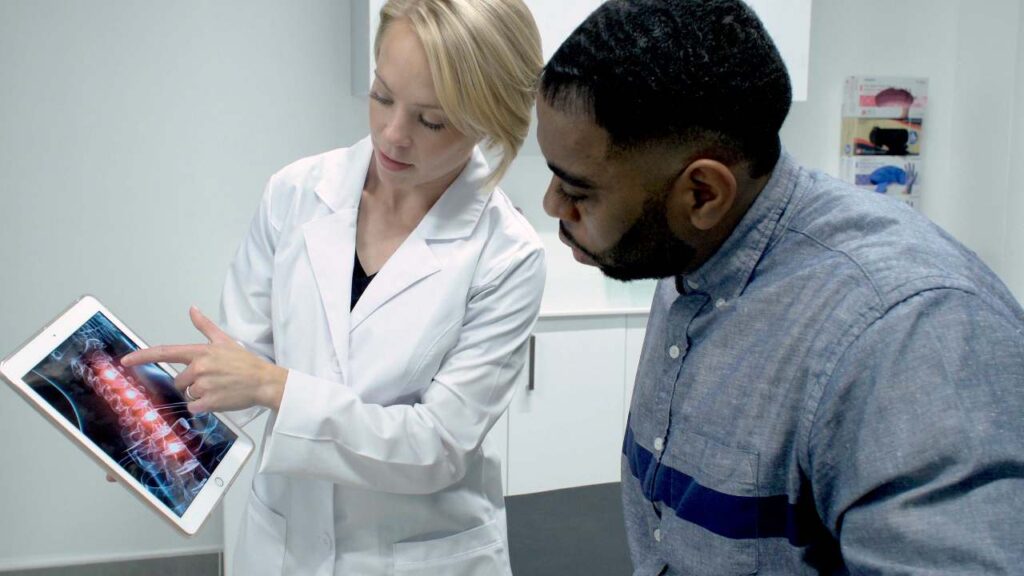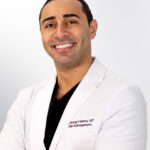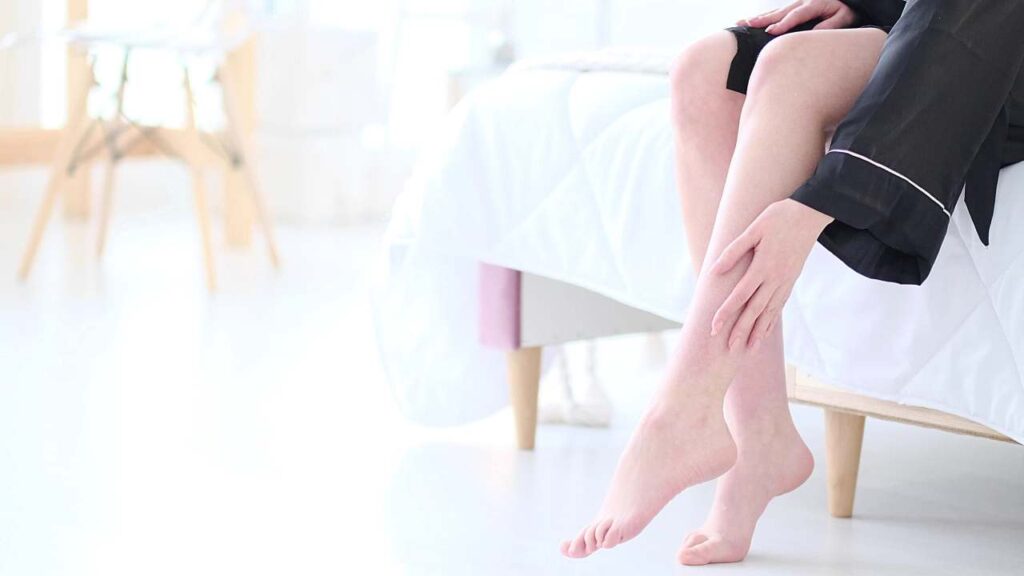Which Procedure is Used to Treat Varicose Veins?
Can you see large rope-like knots of blood vessels on the surface of your skin? Do these blood vessels bulge out of your skin? Are you also experiencing leg heaviness, frequent leg cramps, or restlessness?
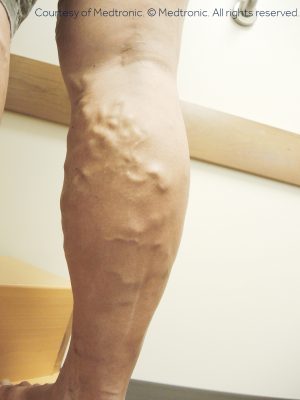
If so, you’re suffering from varicose veins and you need to seek treatment immediately. Varicose veins are large protruding blood vessels full of accumulated blood. It’s a symptom of an underlying circulatory disorder known as chronic venous insufficiency and it can lead to severe complications if left untreated.
In this article, we discuss the importance of varicose vein treatment and which procedure is used to treat varicose veins.
Why is Varicose Vein Treatment Important?
As mentioned previously, varicose veins are a mere symptom of an underlying condition called chronic venous insufficiency. This is a disease in which your vein valves — which generally act like one-day doors to facilitate blood circulation to the heart — collapse and cause blood to pool in your leg veins. Over time, as more blood accumulates in your leg veins, your veins dilate and protrude out of the surface of the skin in the form of varicose veins.
Vein disease is a chronic condition and only gets worse with time. Furthermore, its initial symptoms — leg heaviness, restlessness, leg cramps, etc — are often mistaken as signs of aging, which is why people don’t seek treatment until it’s too late.
If you don’t treat varicose veins and vein disease promptly, they can lead to the following complications:
- The extended varicose veins are extremely sensitive and they may burst any time. This leads to profuse bleeding for which you have to be taken to the emergency room immediately.
- The accumulated blood in your legs also causes swollen ankles and feet.
- You suffer from skin disease in the form of leathery red patches on your skin.
- The lack of blood circulation causes skin discoloration.
- The lack of blood circulation also prevents wounds from healing, which leads to leg ulcers.
- Finally, the accumulated blood in your leg veins may clot, which causes deep vein thrombosis. This is a dangerous condition that can be potentially fatal if the clots break away and travel to your lungs, leading to pulmonary embolism.
As you can see, the symptoms and complications of vein disease get worse over time. So it’s best to treat vein disease the moment you notice the first signs and symptoms. In the meantime, you can wear compression stockings to slow down the progress of vein disease, but that’s not a cure or treatment.
Minimally Invasive Treatments for Varicose Veins
Long ago, the only way to treat varicose veins was through complex surgeries. Thankfully, modern medicine has paved the way for minimally invasive treatments for varicose veins. These procedures are non-surgical, highly effective with a 97% success rate, they cause minimal side effects and have a negligible risk of complications, and they conclude within an hour with no recovery downtime.
Radiofrequency Ablation
Radiofrequency ablation is a minimally invasive procedure in which the vein doctor inserts a catheter into the diseased saphenous vein via an incision on the surface of your skin. Once the catheter is lodged in place, the vein doctor triggers heat energy to close the veins. The accumulated blood reroutes to healthy veins and the diseased vein eventually gets absorbed by the body.
Endovenous Laser Ablation
Endovenous laser ablation is a procedure in which the vein doctor inserts a catheter and a laser fiber into the diseased vein. This is done under ultrasound guidance and the vein doctor also applies anesthesia to the walls of the saphenous vein to protect the surrounding tissues. Once that’s done, the vein doctor activates the laser fiber to generate laser energy to close varicose veins. This procedure is also effective but it causes more discomfort after the treatment.
VenaSeal
VenaSeal is the latest varicose vein treatment — it’s a procedure in which the vein doctor simply injects a medical adhesive into the diseased vein. This glue seals the walls of the veins, effectively closing it. The accumulated blood reroutes to healthy veins.
Ambulatory Phlebectomy
Ambulatory Phlebectomy doesn’t treat the underlying diseased vein, which is why it’s not used as the primary vein treatment. However, after closing the vein, the doctor may surgically remove the superficial varicose veins through incisions on the skin. This procedure isn’t medically necessary but it enhances your leg’s cosmetic appearance by getting rid of the superficial varicose veins immediately.
Can you Wear Compression Stockings to Treat Varicose Veins?
You can wear compression stockings to facilitate blood circulation and push some of the accumulated blood towards the heart. However, this will only slow down the progression of vein disease — it won’t treat varicose veins. So you should wear compression stockings, but not in lieu of actual medical treatment.
Does Medicare Cover Varicose Vein Treatment?
Varicose vein treatment is considered to be medically necessary, so it’s covered by Medicare and insurance providers. However, only radiofrequency ablation and endovenous laser ablation are covered by insurance. VenaSeal is a fairly new treatment so it’s not yet covered. And ambulatory phlebectomy is a cosmetic procedure so it’s not covered either.
Schedule your Minimally Invasive Varicose Vein Treatment Today
VIP Medical Group gives you access to some of the world’s best board-certified vein doctors who treat varicose veins using the latest minimally invasive procedures. If you’re suffering from vein disease, you need to act fast. So schedule your minimally invasive varicose vein treatment immediately.

